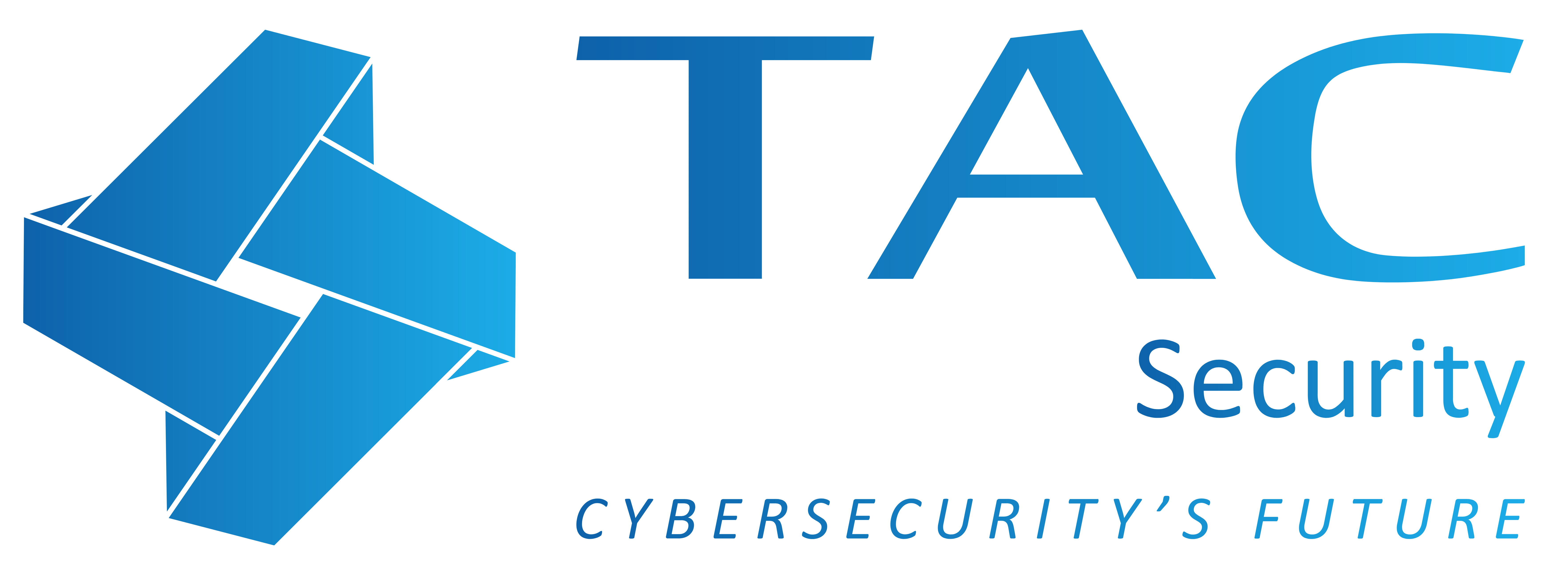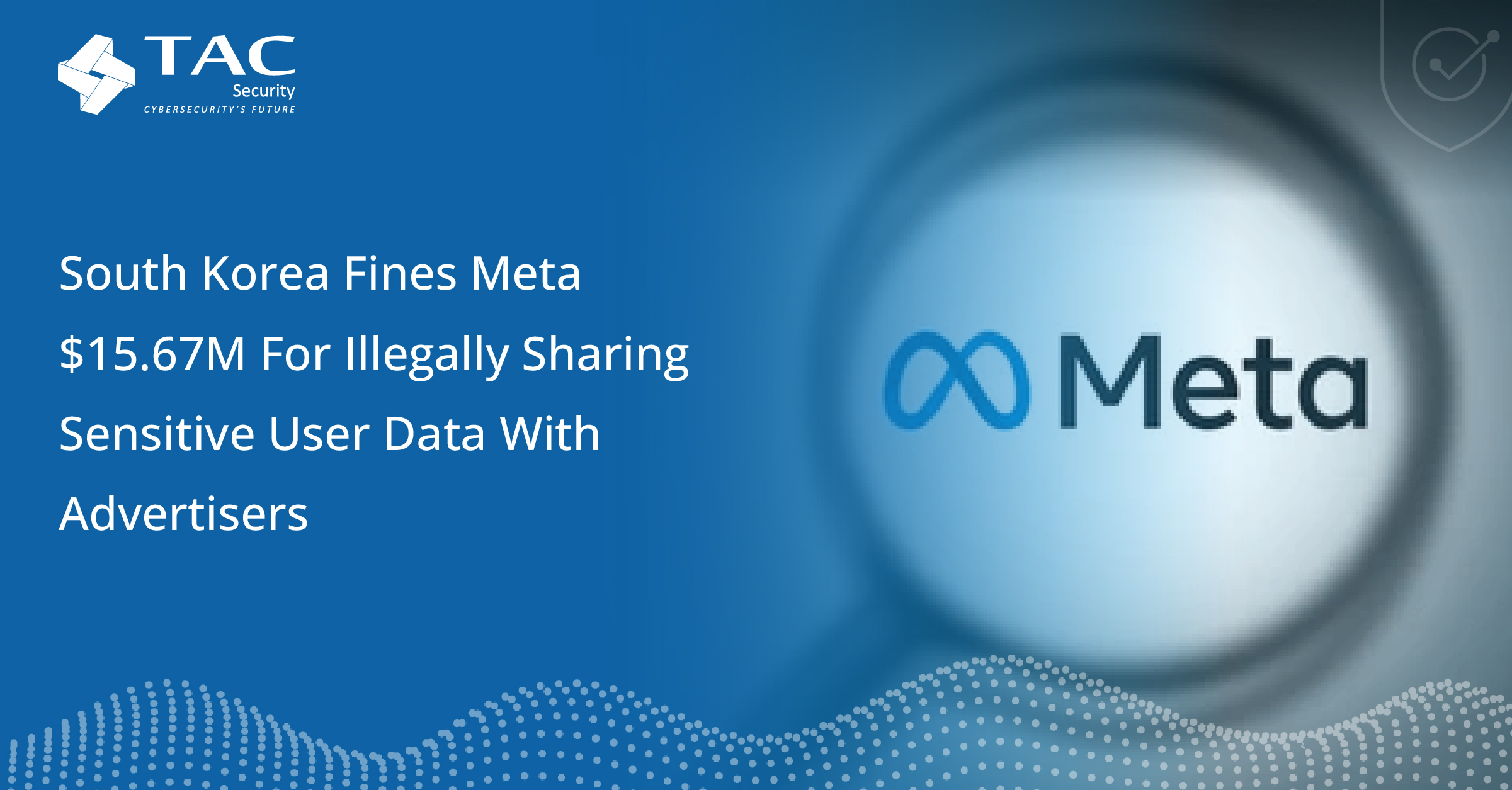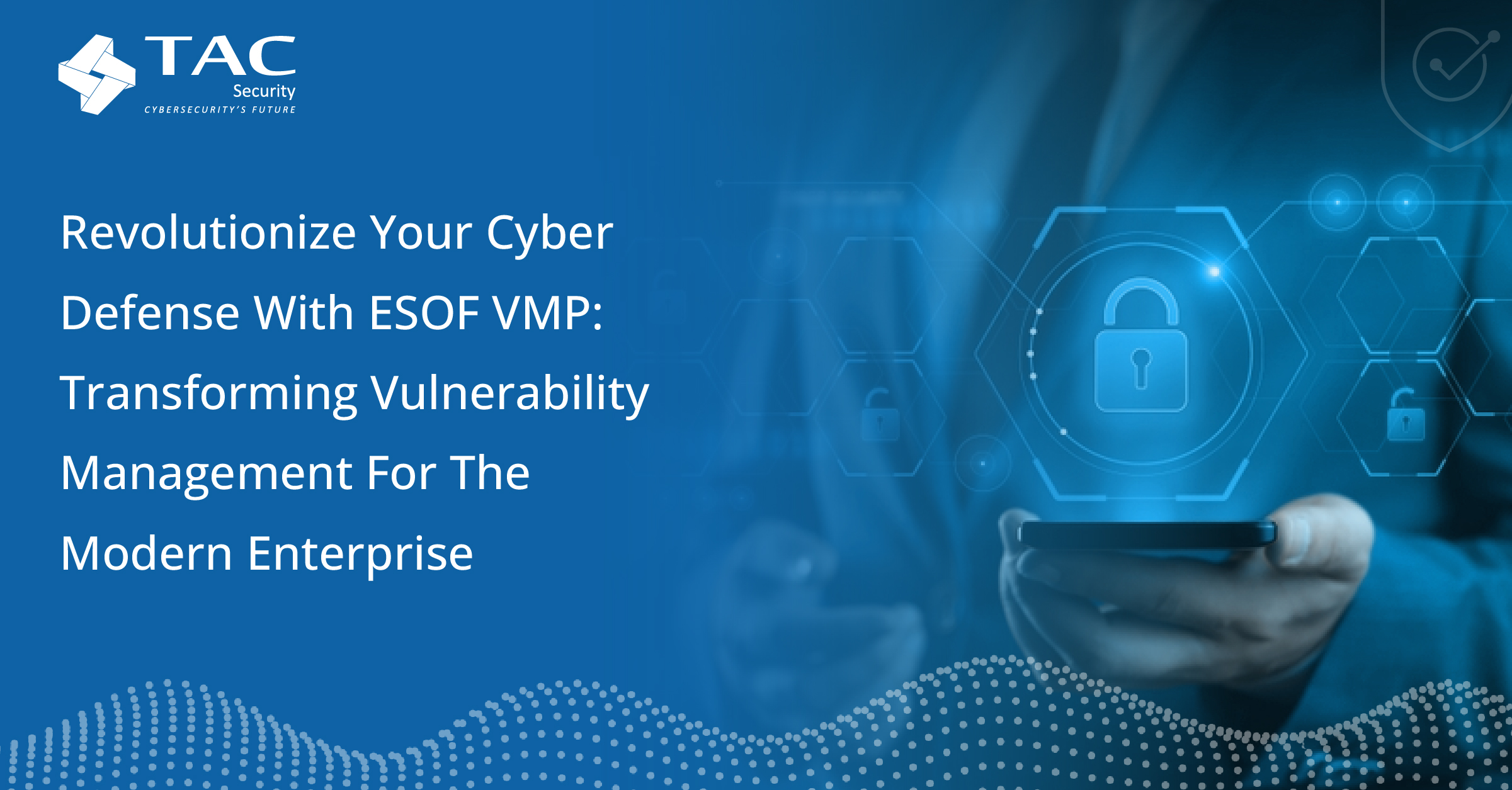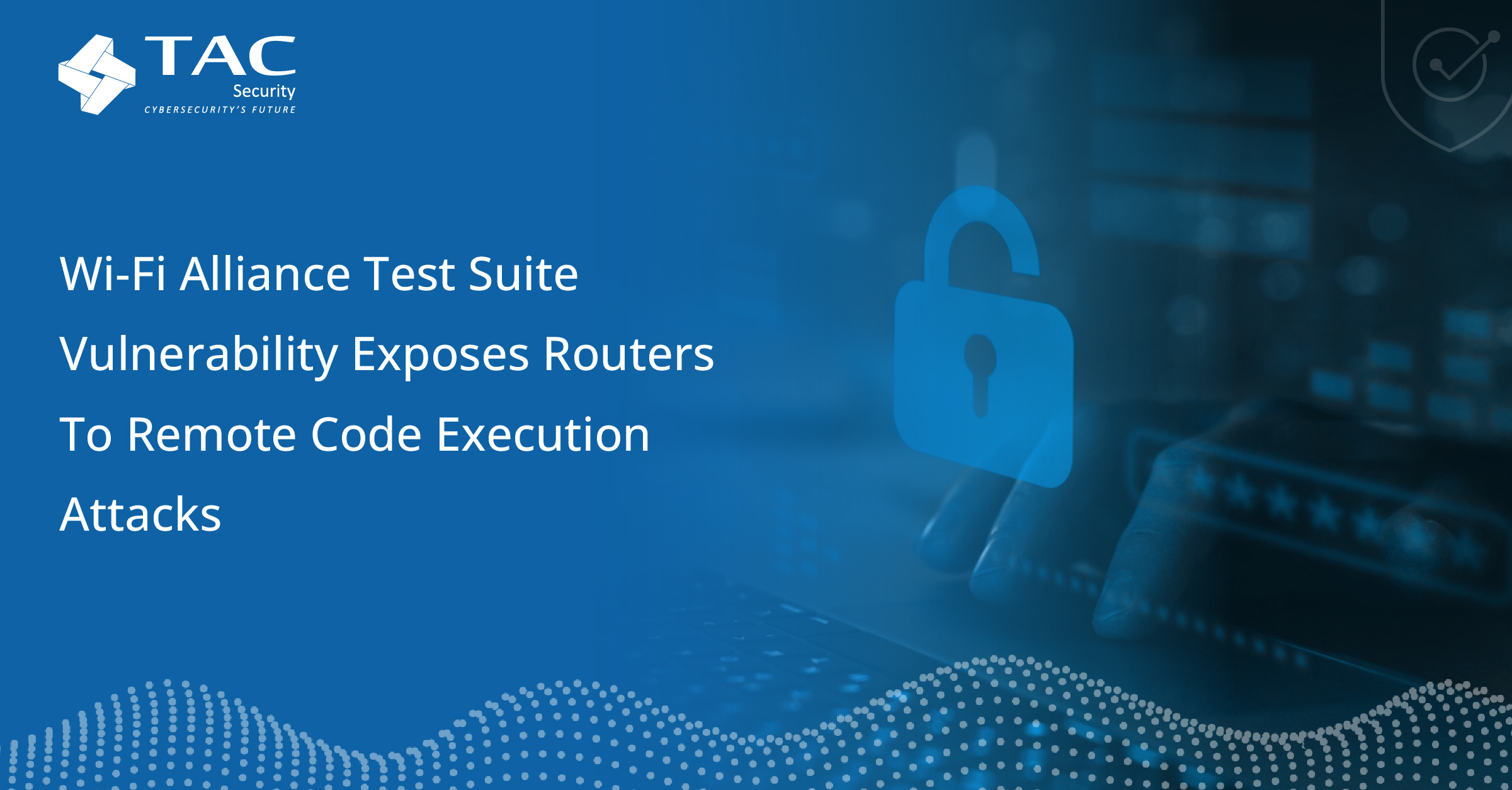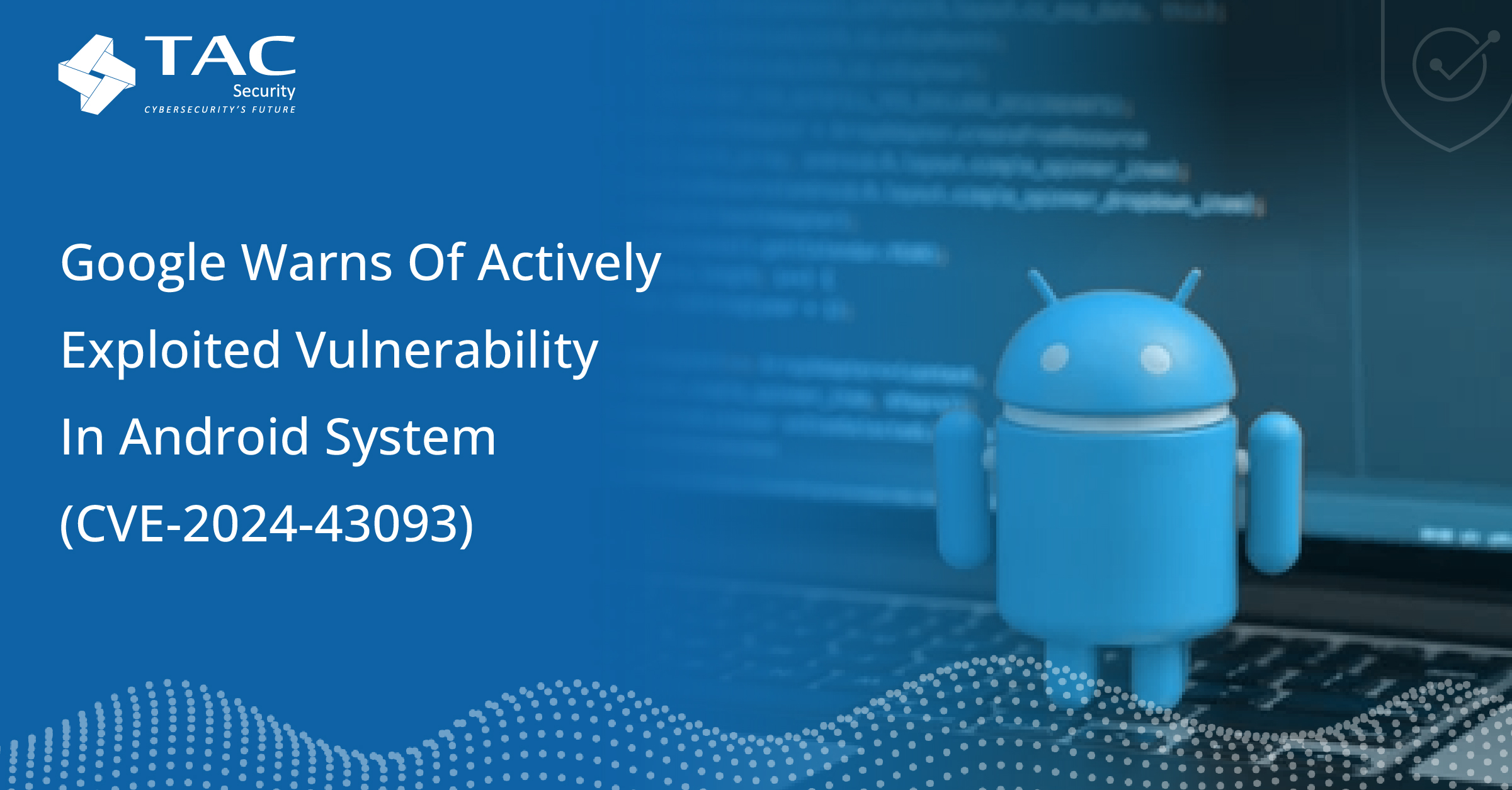
The interconnected network of IT assets an attacker can use during a cyberattack is known as the attack surface. Four main elements are there in an organization’s attack surface mainly:
1. On-Premises Assets
2. Cloud Assets
3. External Assets
4. Auxiliary Networks
Recognizing that an organization’s attack surface is dynamic is essential to know about it. The organization’s attack surface will expand as new employees join in and new technologies are implemented, increasing the chances of growing new vulnerabilities that cyber attackers can exploit.
The organization must constantly monitor and assess its attack surface and identify potential vulnerabilities by accomplishing appropriate security controls to mitigate risks. The process includes the following:
- Timely security assessments.
- Vulnerability scanning.
- Penetration testing.
- Setting up security protocols.
- Training employees to seek better security practices.
Use of Attack Surface Management
Organization can enhance their visibility around all potential attack vectors by thinking like an attacker mindset and imitating their toolset. Therefore, enabling security experts to take steps appropriately to improve the security posture by mitigating the risk linked with specific assets or reducing the attack surface. In an enterprise, a practical attack surface management tool can allow:
- Detecting, reviewing, and prioritizing investments in an enterprise automatically
- Mapping all the assets regularly
- Rapidly discover and immobilize shadow IT assets and all existing unknown assets.
- Getting rid of known vulnerabilities like disorder, weak passwords, and outdated or unpatched software.
Foundation of Attack Surface Management
There are five essential functions of a productive attack surface management strategy
- Discovery
Organizations identify and map all digital assets throughout this early phase’s internal and external attack surfaces. While threat actors use modern attack surface management solutions to imitate the kits to locate vulnerabilities and weaknesses within the IT environment, legacy solutions may not be able to identify unknown, rogue, or external assets.
2. Testing
The attack surface constantly changes as more devices are connected, more users come on board, and the business develops. As a result, it’s critical that the tool can do ongoing testing and monitoring of the attack surface. A modern attack surface management solution will monitor and analyze assets around-the-clock to prevent new security vulnerabilities, uncover security gaps, remove misconfigurations, and reduce other risks.
3. Conditions
Although every asset can be used as a vector for attack, not all IT components provide the same threat. A sophisticated attack surface management solution carries out attack surface analysis, providing pertinent data about the exposed asset and its setting within the IT environment. The degree of the cyber risk posed to the company can be determined by elements like the asset’s IP address, network connection points, and when, where, and how it is used.
4.Prioritization
The Enterprise needs to prioritize remediation activities for existing vulnerabilities and weaknesses because the attack surface management solution is designed to find and map all IT assets. Based on various criteria, including the degree to which a vulnerability is exploitable, how easy it is to exploit, how difficult it is to mitigate the risk, and the history of exploitation, attack surface management offers actionable risk scoring and security ratings.
5.Remediation
The IT staff is now well-equipped to identify the most vulnerable assets and prioritize remediation based on the automated actions in the first five phases of the attack surface management program. As these initiatives are frequently approached by IT teams rather than cybersecurity experts, it’s crucial to ensure that information is shared across each function and that everyone on the team agrees with security operations.
Since almost any asset can serve as a point of entry for a cyberattack, it is crucial today more than ever for businesses to increase attack surface visibility across all assets, whether internal or external, known or unknown, on-premises or in the cloud.
